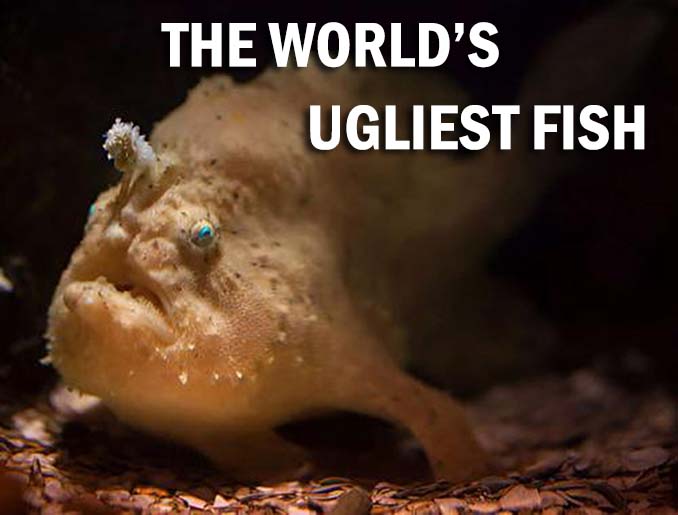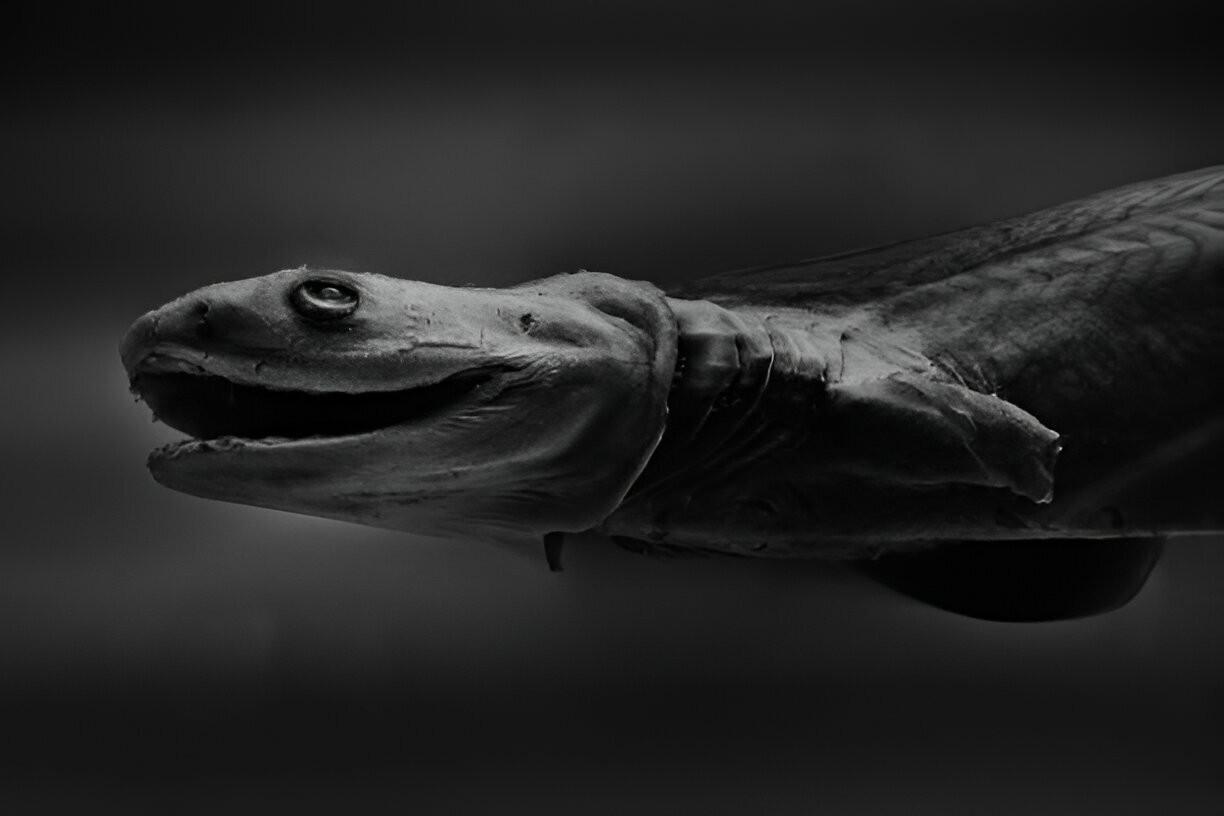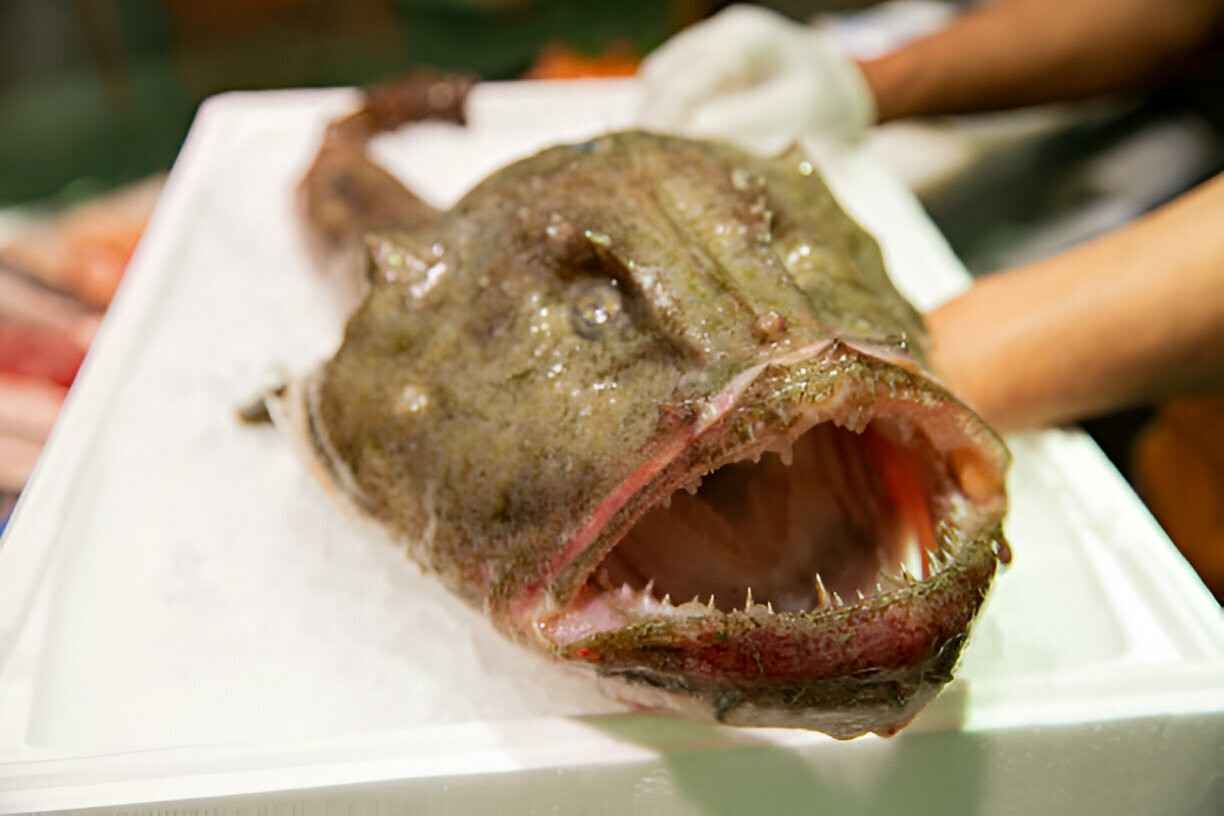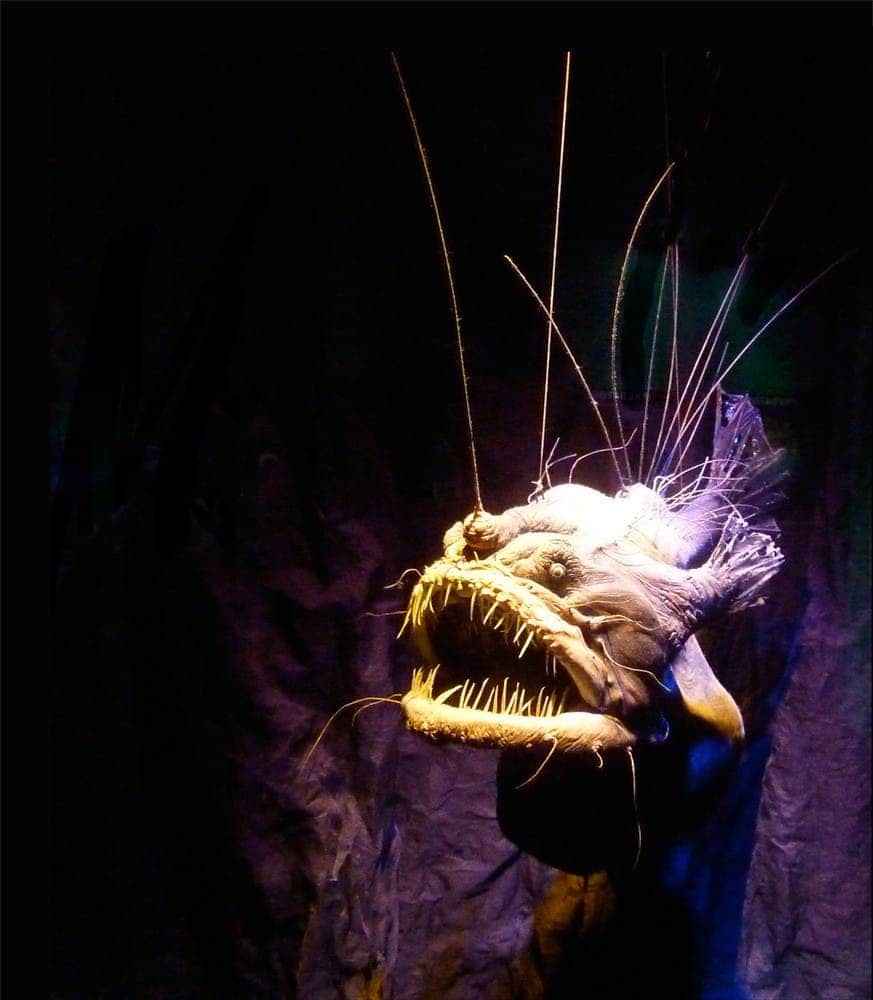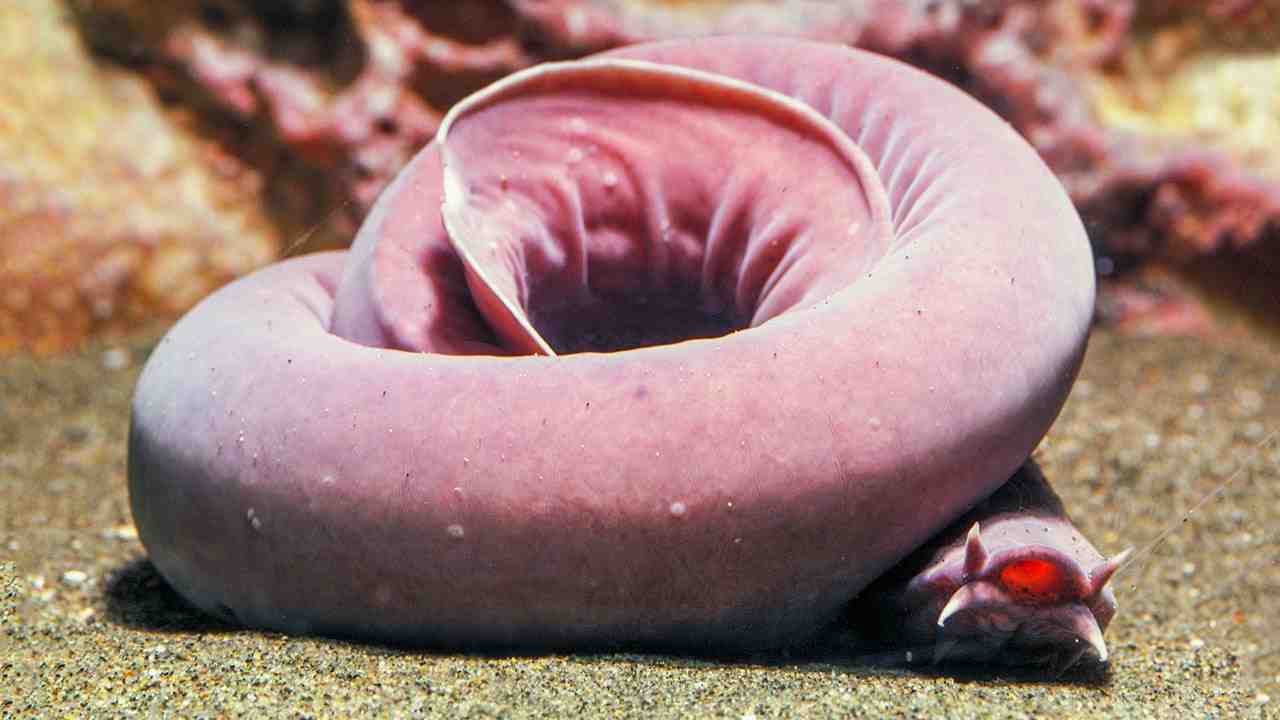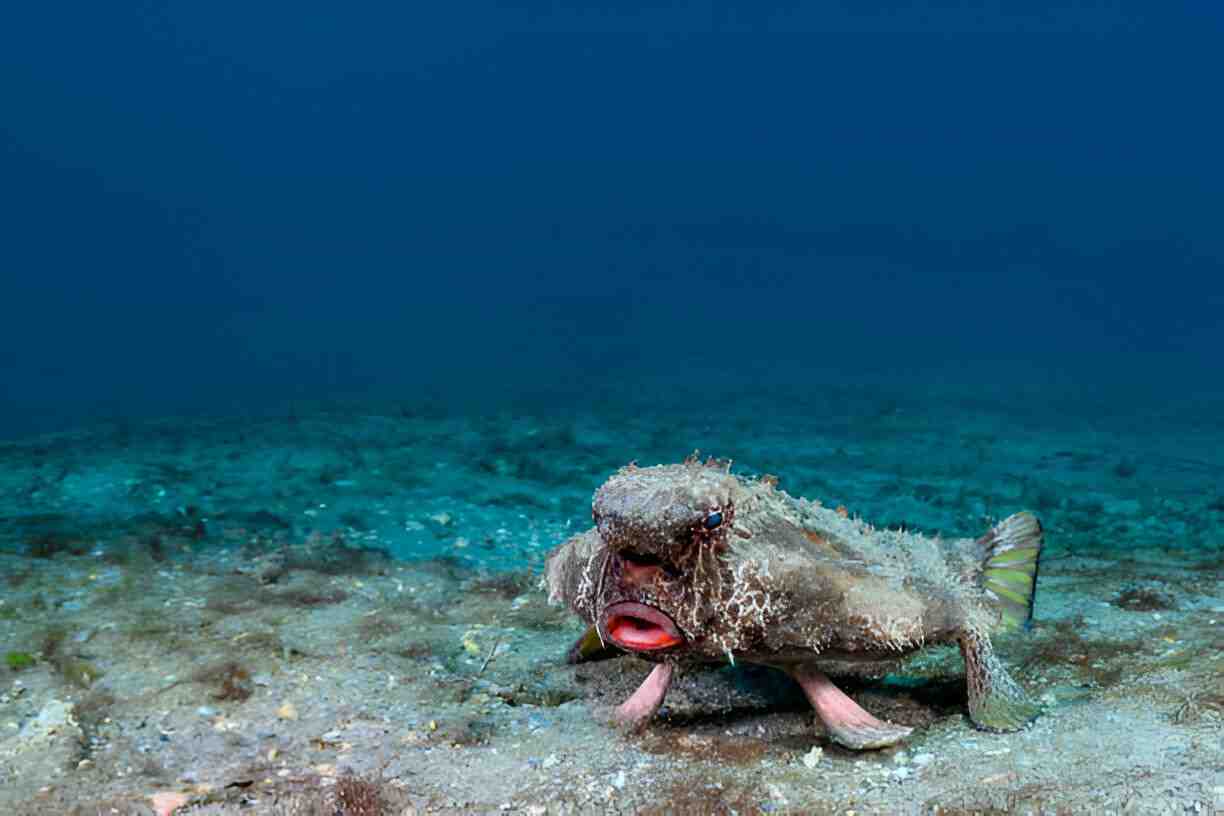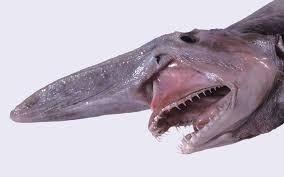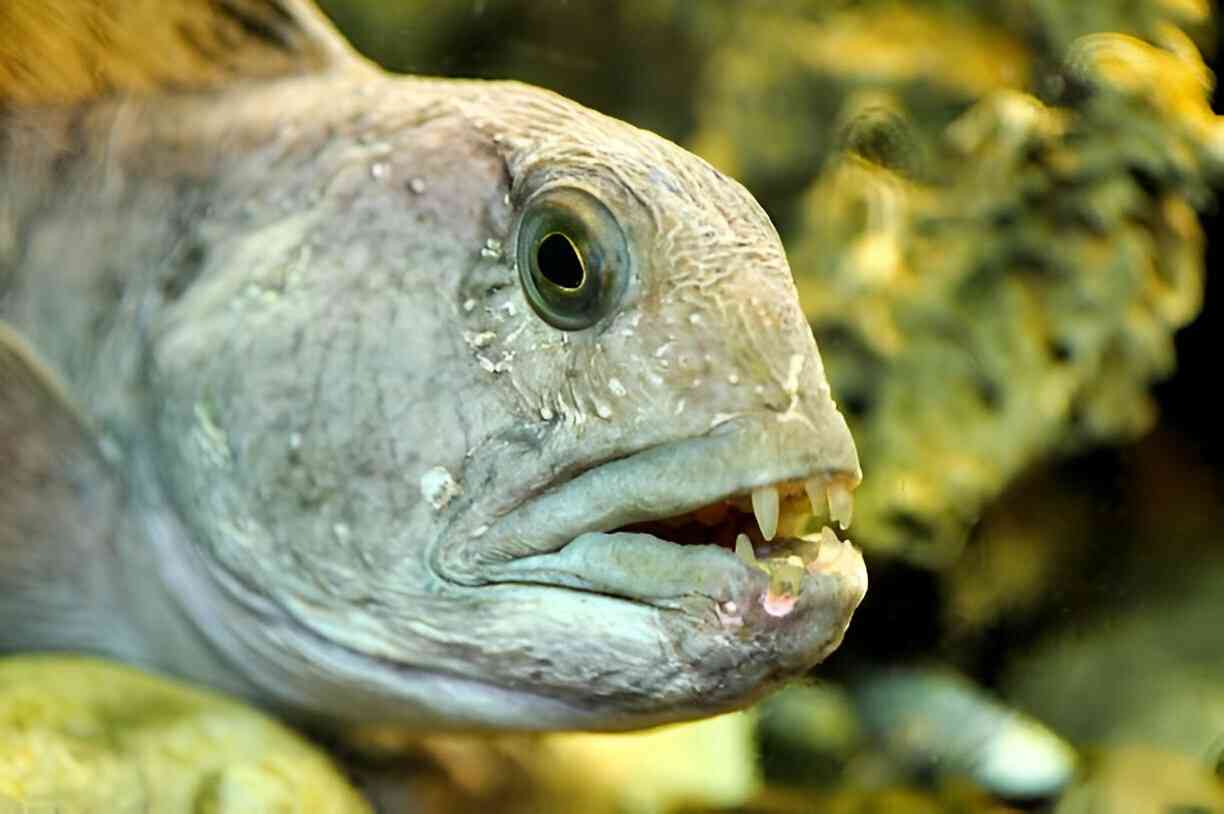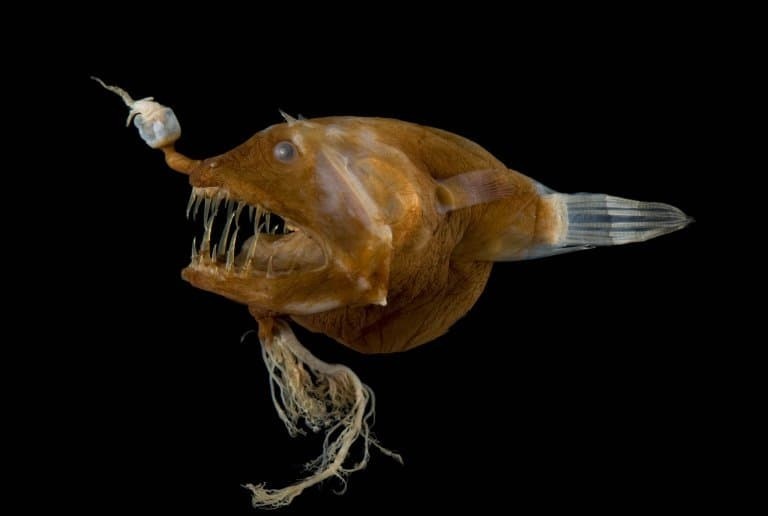Ugly fish: Most ugliest fishes in the world
"Ugly fish" is a colloquial term often used to describe fish species with unconventional or unappealing appearances. These fish may have features that deviate from the typical "beautiful" or "attractive" traits associated with other fish species. Some characteristics that might contribute to a fish being labeled as "ugly" include exaggerated facial features, unusual body shapes, or rough, bumpy skin textures.
It's essential to remember that beauty is subjective, and what one person may consider unattractive, another may find fascinating or even endearing. Many "ugly fishes" play important roles in their ecosystems and possess unique adaptations that allow them to thrive in their environments.
Most ugly fish in the world:
Blobfish (Psychrolutes marcidus).
This deep-sea dweller is known for its gelatinous, blob-like appearance, with loose, sagging skin and a bulbous nose. Despite its unattractive appearance, the blobfish has unique adaptations that allow it to survive in the extreme pressures of the deep ocean. It is found in the waters off the coasts of Australia and Tasmania, typically at depths of up to 1,200 meters (3,900 feet). While it may not win any beauty contests, the blobfish has become a symbol of marine conservation efforts, highlighting the importance of protecting even the most peculiar-looking creatures in our oceans.
Frilled Shark
The frilled shark is a deep-sea species known for its eel-like appearance, frilly gill slits, and multiple rows of needle-like teeth. It inhabits depths of 200 to 1,500 meters worldwide. Elusive and solitary, it feeds on small fish and squid. Frilled sharks are ovoviviparous, giving birth to live young. Despite their deep-sea habitat, incidental captures in trawl nets are a potential threat.
Monkfish
The monkfish is a bottom-dwelling fish found in the Atlantic Ocean and Mediterranean Sea. It has a flattened body, large mouth with sharp teeth, and smooth skin. Typically brown or gray, it blends into sandy or muddy habitats. Monkfish are ambush predators, feeding on fish, crustaceans, and mollusks. They are commercially important for their firm, white flesh, but overfishing and habitat degradation pose threats to their populations.
Anglerfish
The anglerfish is a deep-sea predator recognized for its large head, bioluminescent lure, and dark coloration. It resides in the ocean depths, typically between 200 to 2,000 meters. Anglerfish are ambush hunters, using their lure to attract prey. Some species display extreme sexual dimorphism, with tiny males fusing to larger females. Conservation status is largely unknown due to their deep-sea habitat.
Sloane
Sloane's viperfish is a deep-sea predator with a slender body and long, fang-like teeth. It inhabits ocean depths of 200 to 2,000 meters worldwide. This nocturnal hunter uses bioluminescence to attract prey and has adapted to the dark environment of the deep sea. Conservation status is not well-known, but they may be caught incidentally in deep-sea trawl nets.
Hagfish
The hagfish is a primitive deep-sea fish with a slimy, eel-like body and no scales. It scavenges for food on the ocean floor and produces copious amounts of slime for defense. Found worldwide in deep-sea environments, it is known for its unique ability to tie itself into knots to feed. While its conservation status is not well-documented, hagfish are harvested for their skin, used in leather production.
Red lipped
The red-lipped batfish is a unique fish with a flattened body, bright red lips, and a "horn" on its forehead. It inhabits the sandy bottoms around the Galápagos Islands, typically at depths of 3 to 76 meters. Not a strong swimmer, it uses its pectoral fins to "walk" along the ocean floor. This nocturnal feeder preys on small crustaceans. Conservation status is not well-documented, but its limited range may provide some protection.
Goblin
The goblin shark is a rare and peculiar deep-sea shark with an elongated snout, protruding jaws, and soft, pinkish-gray skin. It inhabits depths of 200 to 1,300 meters worldwide, where it ambushes prey using its specialized jaws. Despite its unusual appearance, the conservation status of goblin sharks is not well-documented. They are not targeted by fisheries but may be caught incidentally in deep-sea trawl nets.
Whitemargin
The whitemargin stargazer is a unique fish found in the Indo-Pacific region. It has a flattened body, upward-facing eyes, and a broad mouth. This ambush predator buries itself in sand or mud, waiting for prey to pass overhead before lunging upwards to capture it. With venomous spines for defense, it blends into its surroundings with its camouflage. While not well-documented, it is not considered threatened.
Atlantic wolffish
The Atlantic wolffish is a robust fish found in the North Atlantic Ocean. It has a large head, powerful jaws, and smooth, scaleless skin. Inhabiting rocky bottoms and depths of 10 to 600 meters, it preys on crustaceans and mollusks. While not well-documented, it is not considered threatened.
lluminated netdevil
The illuminated netdevil is a deep-sea fish known for its slender body, bioluminescent lure, and dark coloration. It inhabits depths of 200 to 1,000 meters worldwide, where it ambushes prey using its lure. Conservation status is not well-documented, but it may be caught incidentally in deep-sea trawl nets.
That wraps up our compilation of "ugly fishes." We'd love to hear your thoughts! Do you think any notable fish are missing from the list? Or perhaps you feel some marine animals included should be reconsidered due to mistreatment? Please share your feedback , and we're open to further discussion!

